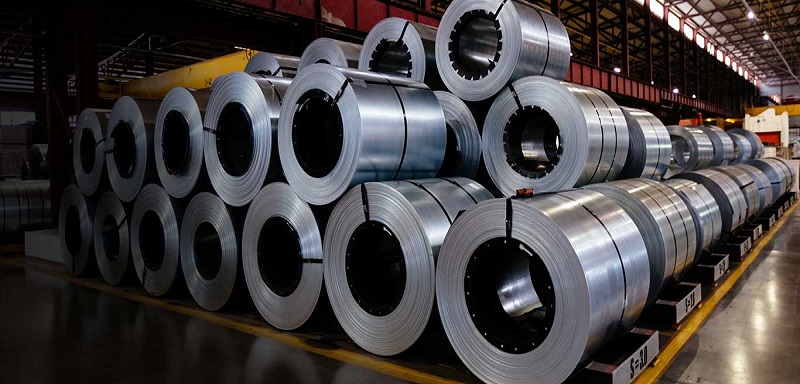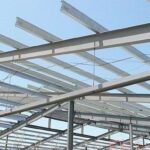Solving Leakage Issues in Stainless Steel Tanks: Prevention and Remedies
Stainless steel tanks are widely utilized across industries due to their durability, corrosion resistance, and hygienic properties. However, occasional leakage can still occur, presenting challenges and potential risks. In this blog, we will explore common causes of leakage in stainless steel tanks, effective preventive measures to avoid leaks, and practical remedies to address them. By understanding the contributing factors and implementing appropriate solutions, you can ensure the integrity and reliability of your stainless steel tank.
Identifying The Common Causes Of Leakage:
To effectively solve leakage issues, it is crucial to identify the underlying causes. Some common factors contributing to leakage in stainless steel tanks are as follows:
- Corrosion: Aggressive chemicals, improper cleaning practices, or lack of maintenance can lead to corrosion, weakening the tank structure and resulting in cracks and leaks over time.
- Welding Defects: Poor welding techniques or inadequate weld penetration can create weak spots or cracks, which eventually lead to leaks.
- Gasket Failure: Faulty gaskets or improper installation can cause leakage at the connection points between the tank and its fittings or valves.
- Mechanical Damage: Physical impacts or damage to the tank walls can create openings and contribute to leakage.
- Overpressure or Vacuum Conditions: Excessive pressure or vacuum stress can cause deformation or failure in the tank walls, leading to leaks.
Implementing Preventive Measures To Avoid Leaks:
By implementing preventive measures, you can significantly reduce the risk of leakage in stainless steel tanks. Consider the following preventive steps:
- Material Selection: Choose high-quality stainless steel appropriate for the specific application, ensuring resistance against corrosion and mechanical stress.
- Regular Inspection and Maintenance: Conduct routine inspections to identify signs of corrosion, welding defects, or mechanical damage. Address any issues promptly and perform regular maintenance to prevent further deterioration.
- Proper Cleaning Procedures: Follow recommended cleaning practices using suitable cleaning agents to prevent chemical corrosion and remove deposits that could cause leakage.
- Adequate Design and Welding: Ensure proper tank design and employ skilled welders who follow approved welding procedures, resulting in strong and secure welds that minimize the risk of leakage.
- Correct Gasket Selection and Installation: Choose gaskets made from compatible materials and install them correctly to provide effective sealing and prevent leakage at connection points.
- Pressure Relief Systems: Install pressure relief valves or vents to prevent overpressure or vacuum conditions that could stress the tank walls.
Effective Remedies For Leakage:
In the event of a leakage, swift action is crucial to prevent further damage and maintain the tank’s functionality. Consider the following remedies:
- Leak Detection: Identify the exact location of the leak using methods such as visual inspection, dye testing, or ultrasonic testing.
- Repair Techniques: Depending on the severity and location of the leak, employ appropriate repair techniques such as welding repairs, epoxy sealants, or mechanical clamps.
- Replacement of Faulty Components: If the leakage is attributed to a faulty fitting, valve, or gasket, it is essential to replace the component with a properly functioning one.
CONCLUSION:
Addressing leakage challenges in stainless steel tanks requires a proactive approach to preventive measures and timely remediation. By understanding the causes of leakage, implementing preventive measures, and taking swift action in case of leaks, you can maintain the integrity and long-term performance of your stainless steel tank. Regular inspections, proper maintenance, careful material selection, adequate design, and skilled installation and repair techniques are key to minimizing leakage risks. Remember, a proactive stance towards leakage prevention and timely remedies will contribute to the reliability and safety of your stainless steel tank system.


